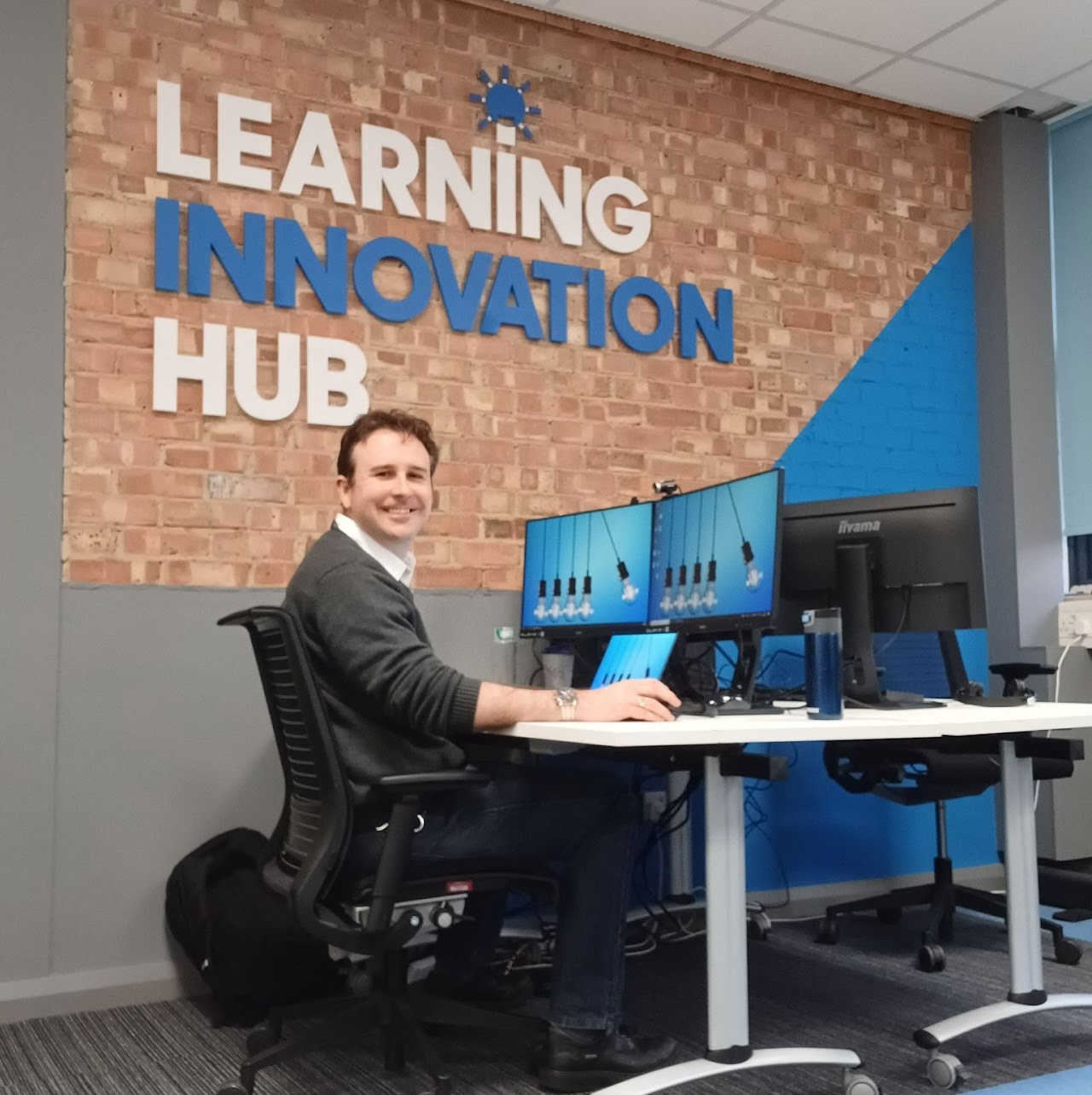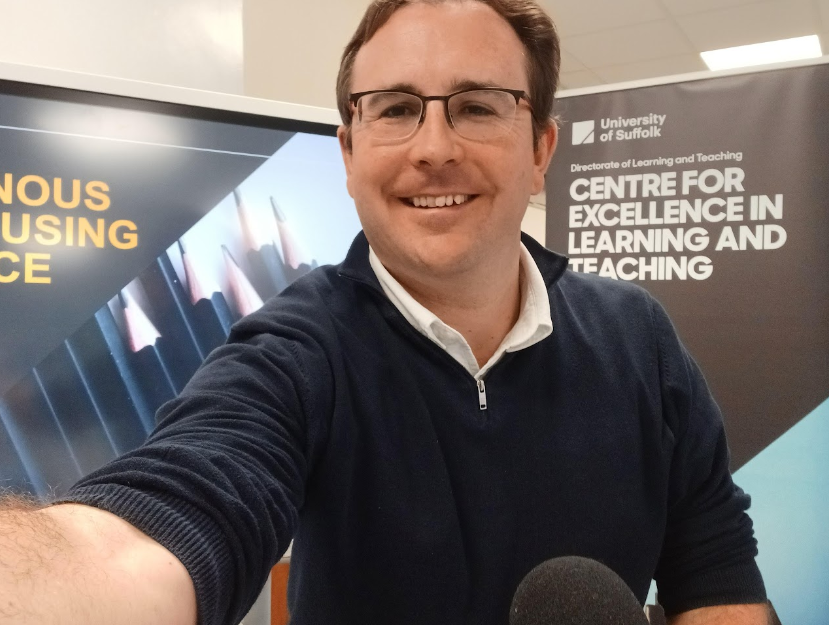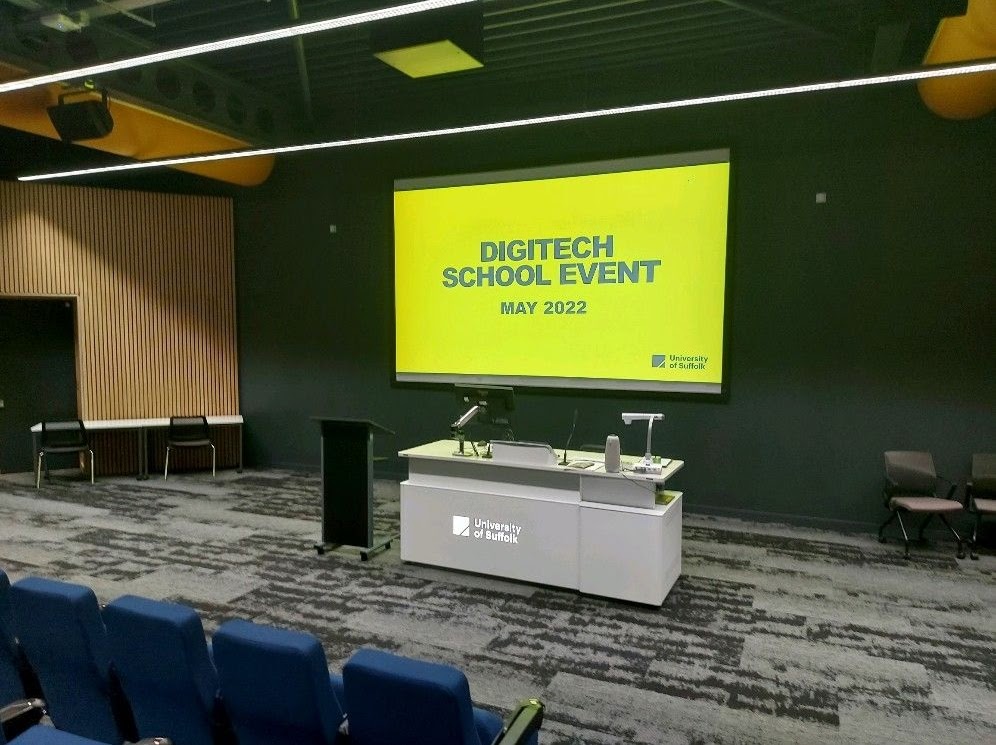Operations
In this section, I discuss my approach to managing operations within a learning technology environment.

Empowering eLearning
In my role at IKON Training, I've had the unique opportunity to lead the implementation of our Empowering eLearning Plan, a task that has allowed me to deeply engage with various aspects of learning technology. This experience has been a journey of understanding the intricate balance between the benefits and constraints of different technologies, developing my technical skills, and supporting the broader deployment of these tools.
Understanding the Constraints and Benefits
Our journey began with an ambitious goal to integrate advanced learning technologies into our training programs. We evaluated various platforms, eventually settling on Moodle due to its flexibility and compatibility with our existing systems. This decision was based on a thorough analysis of the affordances of different technologies. For example, while more sophisticated platforms offered a range of features, their complexity and cost were prohibitive. On the other hand, Moodle presented an optimal mix of functionality, user-friendliness, and cost-effectiveness, crucial for our diverse learner demographics.
Deploying Moodle involved a delicate balancing act. On the one hand, it offered scalable and customisable learning environments. However, its open-source nature meant we had to invest significant resources into custom development to meet our specific needs. This included ensuring accessibility and creating an engaging user interface that would appeal to our learners.
Technical Knowledge and Ability
Developing my technical skills was a pivotal aspect of this project. I engaged in extensive training, familiarising myself with Moodle’s infrastructure, and exploring its range of functionalities. This process included creating custom learning modules, integrating multimedia content, and ensuring that our platform was accessible to all learners, in line with the principles of Universal Design for Learning (UDL).
One of the challenges was to ensure the content was engaging yet easily navigable. I achieved this by using a combination of text, video, and interactive elements, making learning not just accessible but also enjoyable. Furthermore, I ensured that our platform was mobile-responsive, acknowledging the growing trend of mobile learning.
Supporting Deployment
Supporting the deployment of this technology involved more than just technical work. I played a crucial role in strategising the rollout of our eLearning platform, working closely with the training team to ensure a smooth transition. This process included conducting training sessions for staff, preparing support materials, and establishing a feedback loop with learners to continually improve the platform.
One significant aspect of supporting deployment was managing the change within our organisation. It involved addressing apprehensions, showcasing the benefits of eLearning, and aligning the technology with our pedagogical goals. This process was instrumental in securing buy-in from all stakeholders, ensuring the successful adoption of the platform.
Conclusion
Reflecting on this journey, I recognise that the successful implementation of learning technology is not just about choosing the right tools but understanding how these tools fit within the broader educational context. Balancing the technical aspects with pedagogical considerations and stakeholder engagement has been a rewarding challenge. It has not only enhanced my technical skills but also deepened my understanding of how technology can be harnessed to create impactful learning experiences.
Understanding of the Constraints and Benefits of Different Technologies
My approach to utilising technology in learning is best guided by the SAMR method, which helps in understanding the evolving benefits of technology in educational contexts.
Application of the SAMR Model
- Substitution: In the initial stages, technology serves as a direct substitute for traditional methods, with no functional change.
- Augmentation: As understanding deepens, technology begins to enhance the learning activity by adding new functionalities.
- Modification: The learning activity is significantly modified to leverage the full potential of the technology.
- Redefinition: Finally, technology enables the creation of new, previously inconceivable tasks and learning experiences.
This approach was exemplified in my presentation at the Advance HE Teaching and Learning Conference 2022, where I demonstrated the development of an immersive studio and a gamification project for nursing students. Through these projects, I navigated the stages of SAMR, transforming traditional learning activities into dynamic, technology-enhanced experiences.
Supporting the Deployment of Learning Technologies
At the University of Suffolk, I played a pivotal role in facilitating online learning through the LMS, BrightSpace. Recognising the needs of our partner, East Coast College, I spearheaded the creation and deployment of a new template for their online materials.
East Coast College Templates
The creation of these templates was crucial for East Coast College, which had struggled with coordinating similar projects. My modifications to existing university templates not only personalised the learning experience for students but also significantly saved time for academics.
Improving Efficiency and Personalisation
I innovatively used auto-generate text features to personalise module greetings and course information pages, enhancing the narrative journey through each module.
Upskilling and Training
To ensure effective use of these templates, I conducted over 10 hours of hybrid group training sessions for the college staff, supplemented by asynchronous online support with guides and resources.
Project Outcomes
This initiative was highly successful, with the entire college now efficiently using the templates. The project not only streamlined the creation of online materials but also anticipated an uplift in student satisfaction with their online learning experiences.

